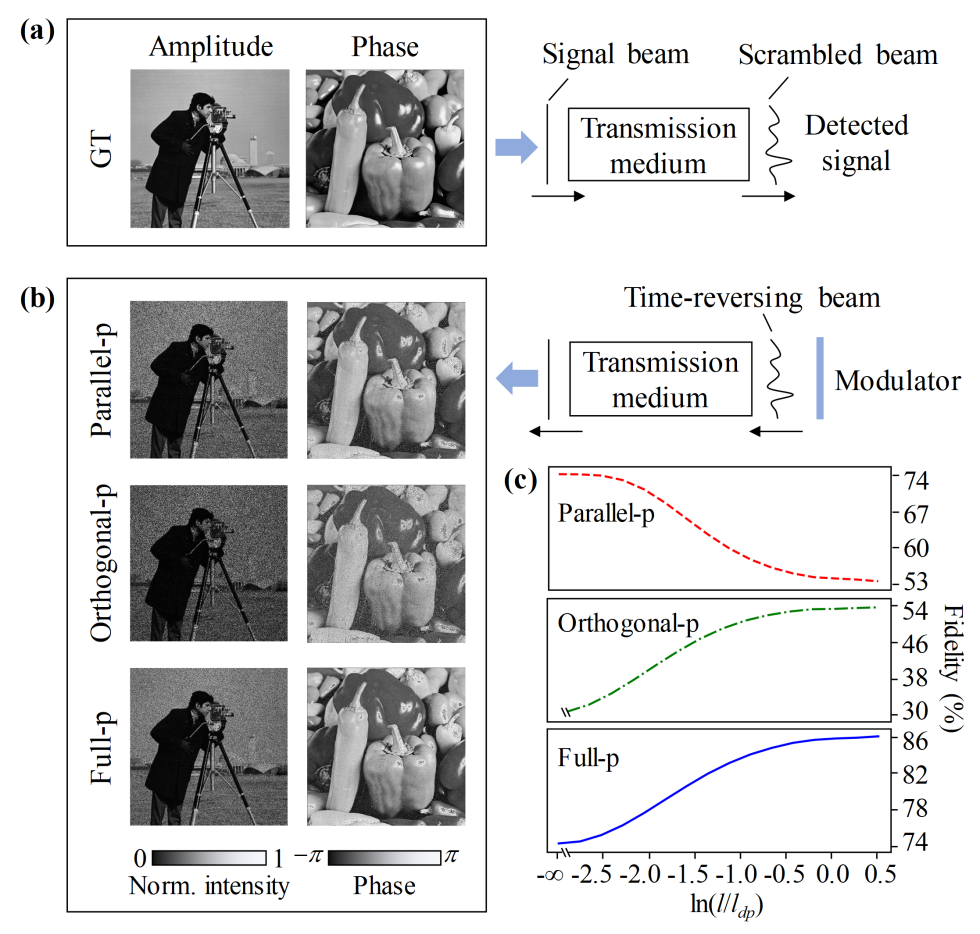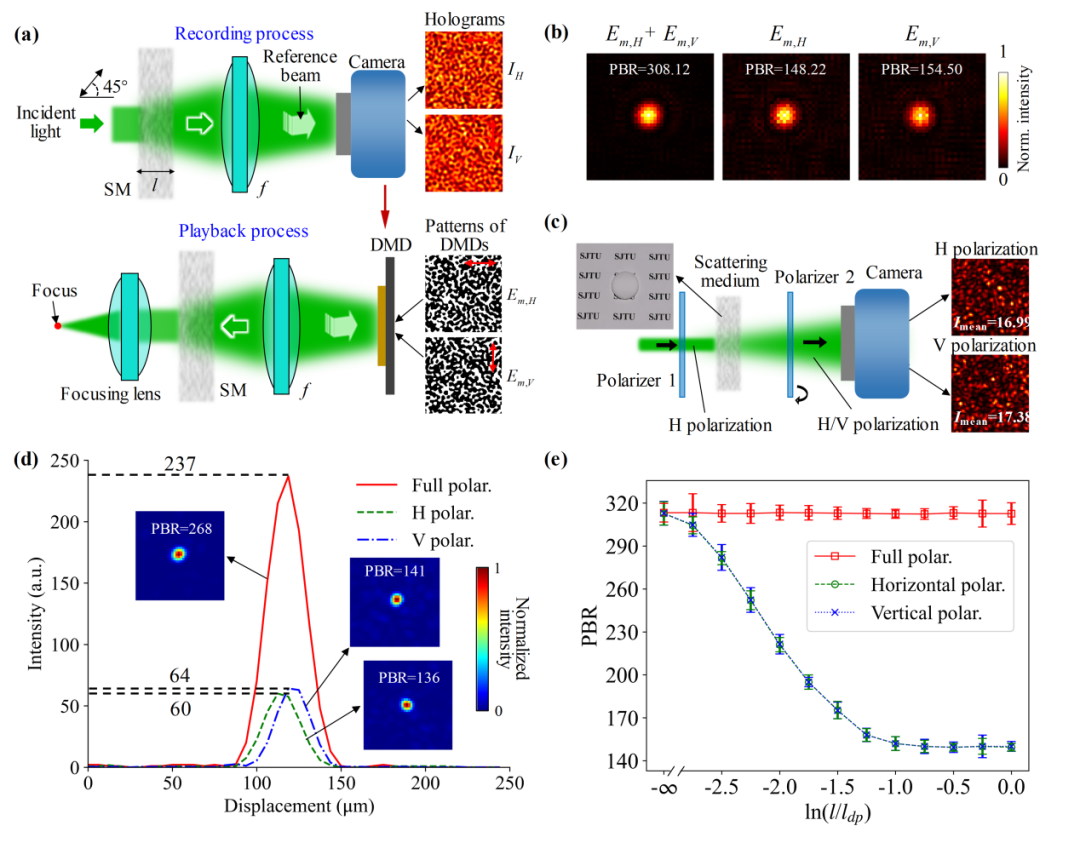- Home
- About Us
- Students
- Academics
-
Faculty
- Electrical Engineering
- Automation
- Computer Science & Engineering
- Electronic Engineering
- Instrument Science and Engineering
- Micro-Nano Electronics
- School of Software
- Academy of Information Technology and Electrical Engineering
- School of Cyber Security
- Electrical and Electronic Experimental Teaching Center
- Center for Advanced Electronic Materials and Devices
- Cooperative Medianet Innovation Center
- Alumni
-
Positions
-
Forum
News
- · Bin Dai's Team Unveils the Assembly Mechanism of β-Lactoglobulin Fibrils, Providing New Insights for the Development of Functional Nanomaterials
- · Mingyi Chen’s research group has made important progress in the field of analog-to-digital converter chips for brain-computer interface
- · Progress in the Development of Semiconductor Nanomaterials to Activate Pyroptosis for Cancer Therapy
- · Jiamiao Yang’s team achieved the high precision optoelectronic reservoir computing based on complex-value encoding
- · Significant Advancements in Resonator-Enhanced Quantum Sensing Achieved by Zenguihua's Team at the School of Sensing Science and Engineering
Jiamiao Yang’s team achieved the accurate modeling of the scattering of polarized optical fields
Recently, Jiamiao Yang’s team from the School of Sensing Science and Engineering has made important progress in the physical modeling of scattered optical field modulation. The research entitled “Full-polarization angular spectrum modeling of scattered light modulation” has been published in the journal Photonics Research.

1、Background:
As an important medium for information observation, transmission, and compilation, light plays an indispensable role from tracking the trajectory of stars to observing the structure of cells. However, the particles in the atmosphere and biological tissues will cause the light to deviate from the original propagation direction, resulting in the light field becoming disorderly and forming speckles. It seriously hinders energy transmission and information transmission. By modulating the multi-dimensional information of light, scattered field modulation provides a powerful means to compensate for the scattering distortion, so that the optical information can be transmitted lossless. It has been widely used in biomedical, optical communication, and microscopic imaging fields. However, at present, the accuracy and completeness of the physical model of scattered light information transmission are limited, which restricts the theoretical support ability for practical applications: although the traditional transmission matrix model can describe the change results of light information before and after scattering, the end-to-end calculation makes the model lose the completeness of the transparent analysis of scattering process. In addition, limited by the matrix multiplication operation mechanism, the calculation scale is limited to simple tasks with a small number of pixels
2、Research content:
To solve this problem, Jiamiao Yang's team has proposed a full-polarization angular spectrum model. The scattering medium is decomposed into a series of random phase shift planes and free diffraction space. Random Jones matrix is used to simulate the scattering perturbations of the phase shift planes on the amplitude, phase, and polarization of light. The angular spectrum method is used to calculate the diffraction of free space. In this model, the layered scattering medium makes the scattering process transparent. The multiplication of matrix elements replaces matrix multiplication, which avoids the problem of huge computation of the transmission matrix. The introduction of random Jones matric completes the missing polarization calculation dimension of the angular spectrum method. Finally, an accurate theoretical model is provided for the scattered optical field modulation.

Pic2 Principle of the full-polarization angular spectrum model
The model provides a qualitative analysis method for high-fidelity information transmission in multimode fibers. Cross-talk in the polarization channel (depolarization phenomenon) is often present in multimode fibers, which affects the fidelity of data transmission. By analyzing the influence mechanism, it is found that the anti-crosstalk ability of full-polarization modulation (modulating complex amplitude components in two orthogonal polarization directions at the same time) is higher than that of single-polarization modulation. And the highest fidelity is obtained in the case of complete depolarization.

Pic3 High-fidelity data transmission
The model also provides a means to analyze the mechanism of depolarization affecting the contrast of the anti-scattering light focusing. The results show that full-polarization modulation can obtain the highest contrast under various depolarization conditions. Especially in the case of full depolarization, the contrast of the spot is 2 times higher than that of single-polarization modulation.

Pic4 Anti-scattering light focusing
3、About the paper
Associate Professor Jiamiao Yang from the School of Sensing Science and Engineering is the corresponding author of this paper. Research Associate Rongjun Shao and Ph.D. candidate Chunxu Ding are the first authors of this work. This work was supported by the National Natural Science Foundation, and so on.
Jiamiao Yang’s team has been working on optical detection/imaging, optical field modulation, optical computing, and the technological development of intelligent optoelectronic instrument design, manufacturing, and integration. He has published more than 30 high-level academic papers as the first author/corresponding author in journals, such as Nature Communications, Science Advances (2 articles), Light: Science & Applications, Optica, and Laser & Photonics Reviews. The research results have been reported by CCTV News, AIP Scilight, Phys. Org, and Tech Explorist.
Paper Link:
https://doi.org/10.1364/PRJ.506787
Team website:
-
Students
-
Faculty/Staff
-
Alumni
-
Vistors
-
Quick Links
